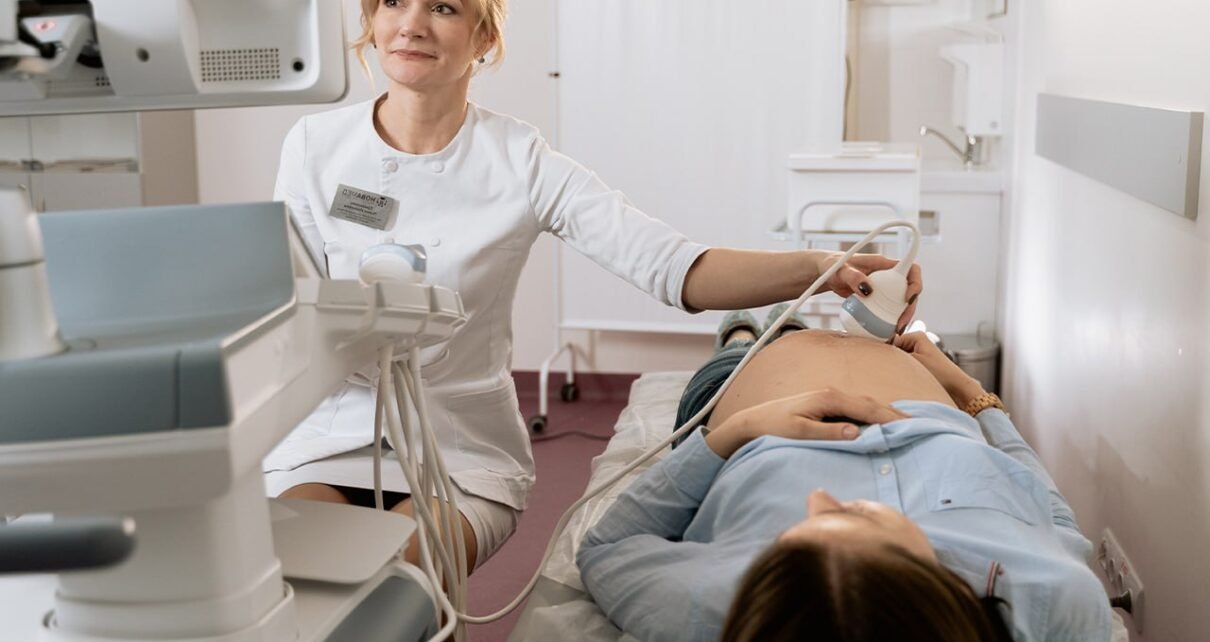
Sonography, another name for ultrasound, is a useful technique in contemporary medicine. It enables medical professionals to view the body’s internal structures without requiring intrusive procedures. This technology streamlines decision-making and aids medical practitioners in making precise diagnoses. Despite ultrasonography’s many advantages, practitioners frequently encounter a number of difficulties that may compromise the caliber and efficacy of ultrasound exams. Here, we’ll talk about some typical issues that practitioners deal with and how to solve them.
Issues with image quality
Inaccurate equipment settings or even the patient’s size or movement during the scan can result in hazy images. Practitioners should concentrate on appropriate patient placement and select the appropriate transducer frequency according to the anatomy of the individual in order to get around this.
Limited field of vision
Ultrasound scans can fail to show some bodily structures clearly. A thorough evaluation may become challenging as a result. A better image can be obtained by doctors by altering the scanning angle. It can also be beneficial to use clever scanning techniques and have a thorough understanding of the anatomy.
Operator reliance
An ultrasound scan’s quality frequently depends on how skilled the person performing it is. Inexperienced medical professionals could have trouble getting the correct pictures or correctly interpreting them. Attending training programs, practicing frequently, and picking up tips from more seasoned colleagues can all aid in skill improvement.
Concerns pertaining to patients
Certain patients present their own difficulties, such as being overweight or experiencing discomfort throughout the scan. Clear communication and explanation of the operation can make people feel less anxious. During longer scans, keeping them comfortable and permitting pauses can enhance the scan’s quality.
Reading the pictures is difficult
Ultrasound image interpretation can be difficult, particularly for novices. One of the best ways to learn is to work with colleagues to review and debate instances. Accuracy can also be increased through ongoing education, such as attending classes or reading medical publications.
In contemporary medicine, ultrasound is an extremely useful instrument. However, in order to use it effectively, clinicians must overcome some obstacles. To assist OBG practitioners in improving their ultrasound skills, StudyULTRASOUND provides ISUOG-approved ultrasound training courses. Furthermore, we provide ultrasound courses for abdominal and pelvic ultrasound that follow the American requirements for medical ultrasonography. Please get in touch with our staff right now to find out more about our ultrasound courses.
]]>For more information, visit: https://www.iroidtechnologies.com,
info@iroidtechnologies.com
8129855155 ]]>